Angkor Wat
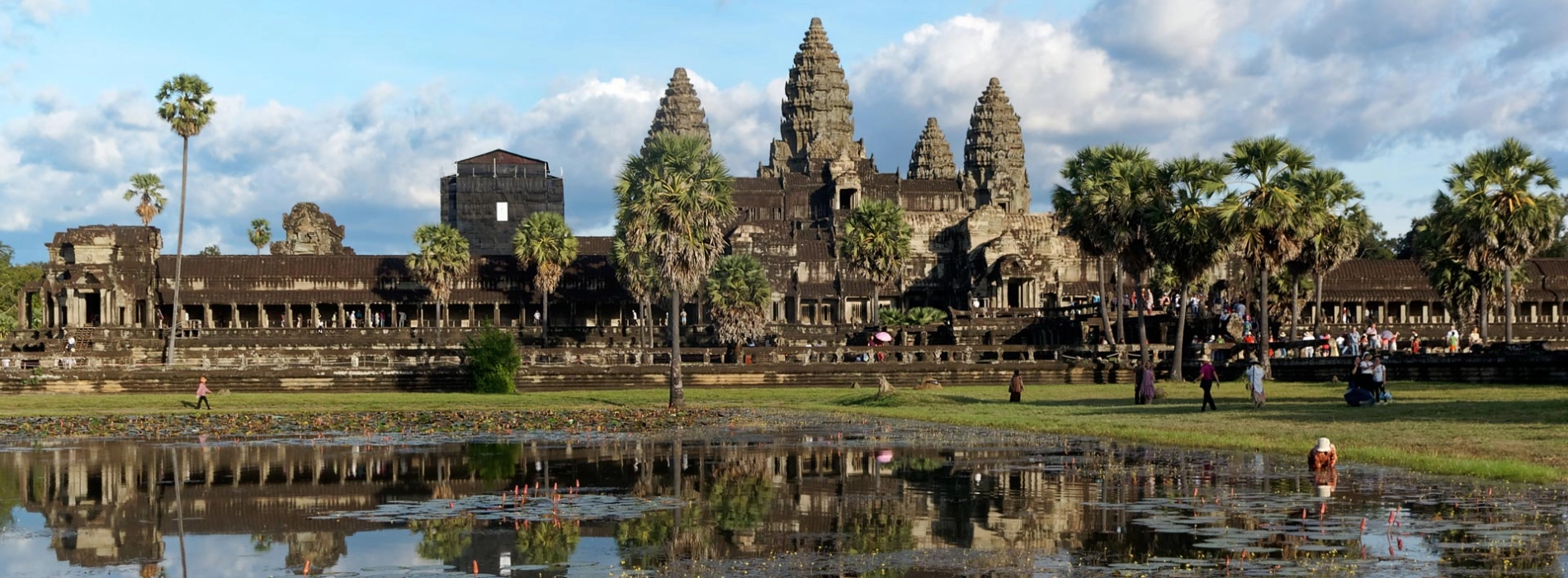
Angkor Wat, a spectacular example of Khmer architecture, is one of Cambodia's most renowned temples and is regarded as the country's symbol. This is the world's biggest religious monument and a must-see attraction when visiting Cambodia. Let us explore this amazing place with Asia King Travel.
Angkor Wat was built by the Khmer King Suryavarman II in the 12th century. It was originally built as a Hindu temple, but was later used as a Buddhist temple after the Cambodian monarchy converted to Buddhism a few centuries later.

History of Angkor Wat (Cre: Live Science)
In the 15th century, when Cambodia moved its capital away from Angkor, Angkor Wat and the entirety of the Angkor Complex were abandoned and fell into disuse. Fortunately, Angkor was rediscovered in the 19th century by French archeologists and underwent considerable restoration. Since then, Angkor Wat has been considered the national symbol of Cambodia, being depicted on the Cambodian national flag.
Angkor Wat, with a circumference of about 6 kilometers and an area of approximately 200 hectares, is considered the world's largest religious monument. It is the only temple in Cambodia whose main entrance faces west, towards the sunset.
Angkor Wat was constructed from countless green stone slabs, with 398 chambers connected by 1,500 meters of corridors. The temple has five towers on three architectural floors. The temple area is adorned with intricate stone carvings, including giant bas-reliefs and other components, showcasing the extraordinary craftsmanship of the ancient Khmer people.
The most distinctive feature on the first floor is a corridor with massive bas-reliefs. These reliefs reflect events from the Brahmanical scriptures and the exploits of the temple's founder, King Suryavarman II. The central half of the relief depicts the famous churning of the ocean of milk, battles of monkeys and the goddess Sita, and the nymph Aspara's dance. These reliefs are protected by the corridor's ceiling and roof and are in excellent condition.
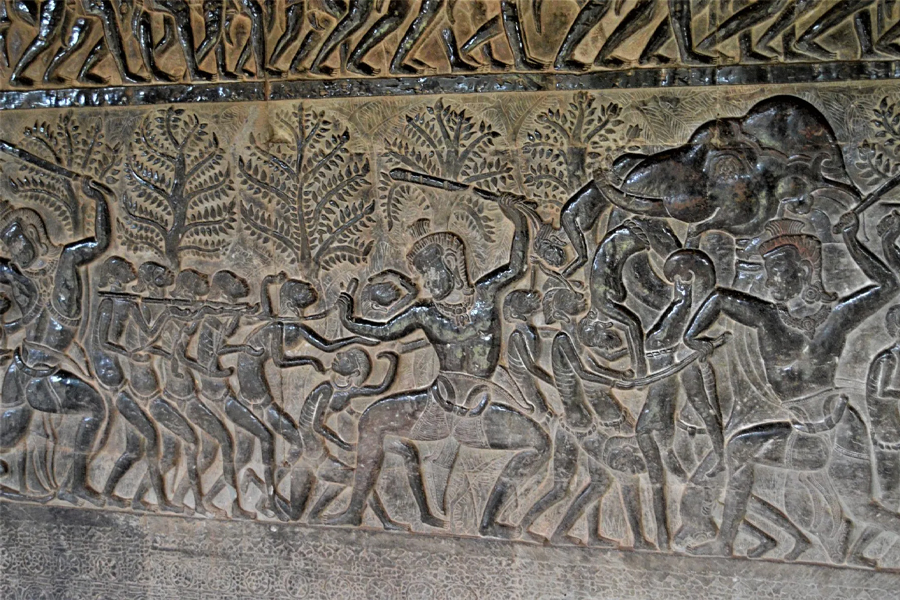
Bas-reliefs on the first floor (Cre: YatrikaOne)
The first floor also has pools, which were traditionally used by the king for bathing and purification rituals. Although most of the pools have dried up, they continue to provide an important defensive zone around the temple.
The second floor of Angkor Wat is a vast courtyard encircled by walls, with shrines devoted to numerous gods. The second floor has countless carvings of Apsara dancers dancing with bare chests and vibrant gestures.
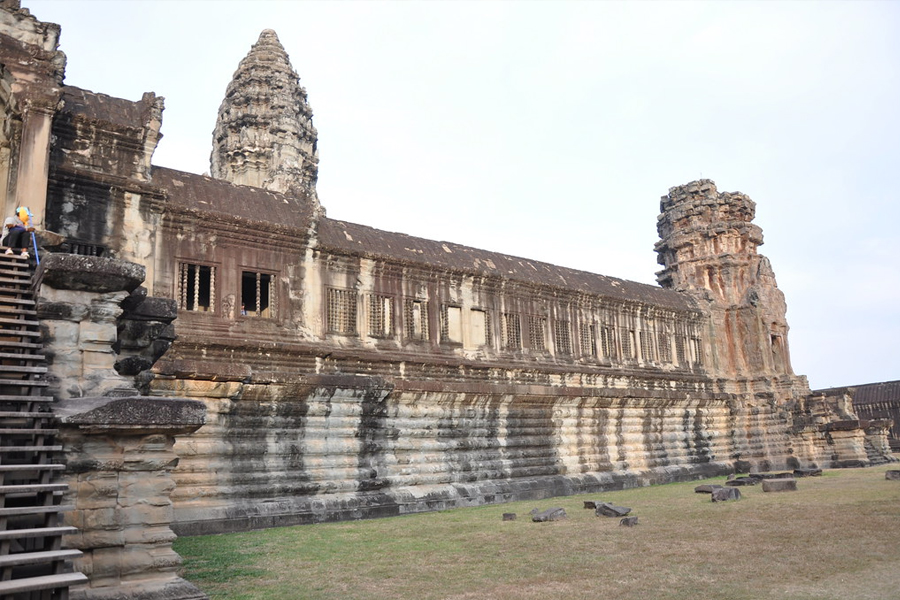
Second floor of Angkor Wat (Cre: Flickr)
The third floor is the highest of all, towering at 65 meters. It consists of two cross-shaped corridors that meet at right angles. This intersection is the heart of the Angkor Wat temple. Historically, a golden statue of Vishnu was worshiped at this location, but it has since been lost and replaced with numerous Buddha statues.
The largest tower at Angkor Wat, thought to be the gods' dwelling, is flanked by four smaller towers at each corner of the square corridors. These towers form Angkor Wat's famous skyline, which can be seen from a distance and as you approach the temple grounds.
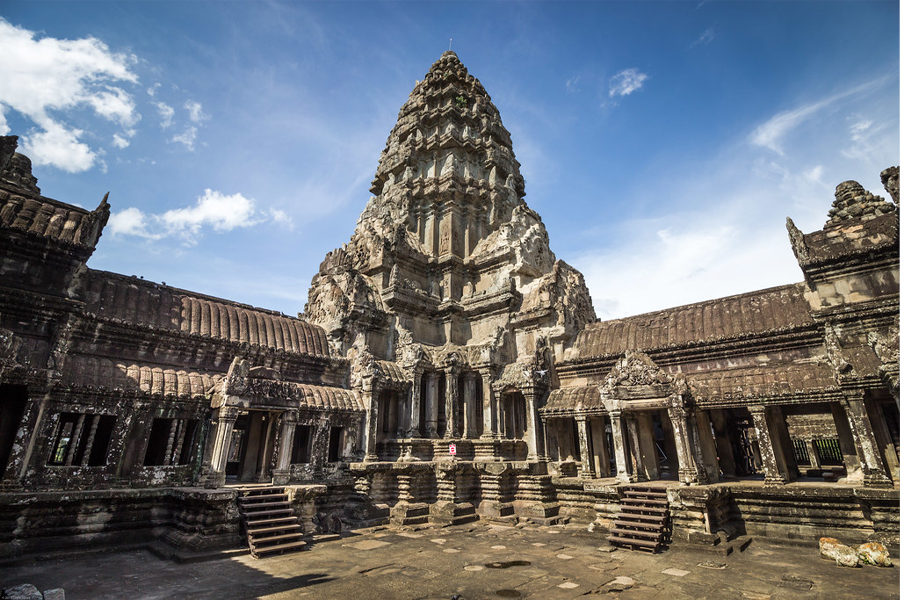
Third floor of Angkor Wat (Cre: Flickr)
See more: 10+ Interesting Facts about Angkor Wat Temple Cambodia
The dry season, which runs from November to March, is the best time to visit Angkor Wat because the weather is calmer and excellent for outdoor activities. This high tourism season could result in bigger crowds. Visiting early in the morning can help you avoid peak hours. The hot season, which runs from April to May, brings greater temperatures, so early morning or late afternoon trips are best.
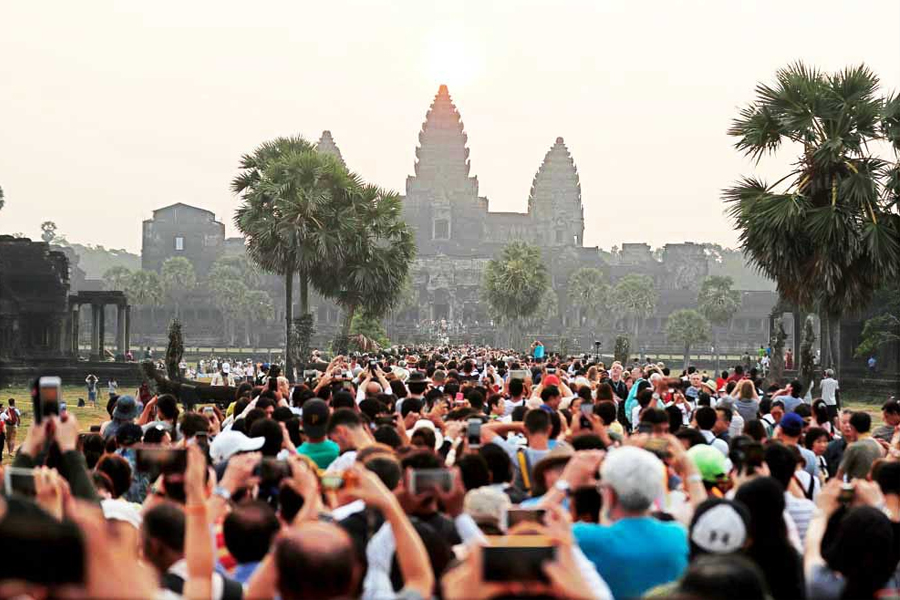
Flock of tourists visiting Angkor Wat (Cre: Phnom Penh Post)
Although the rainy season (June to October) brings brief showers, it also alters the environment with green scenery and fewer tourists, making for a one-of-a-kind experience.
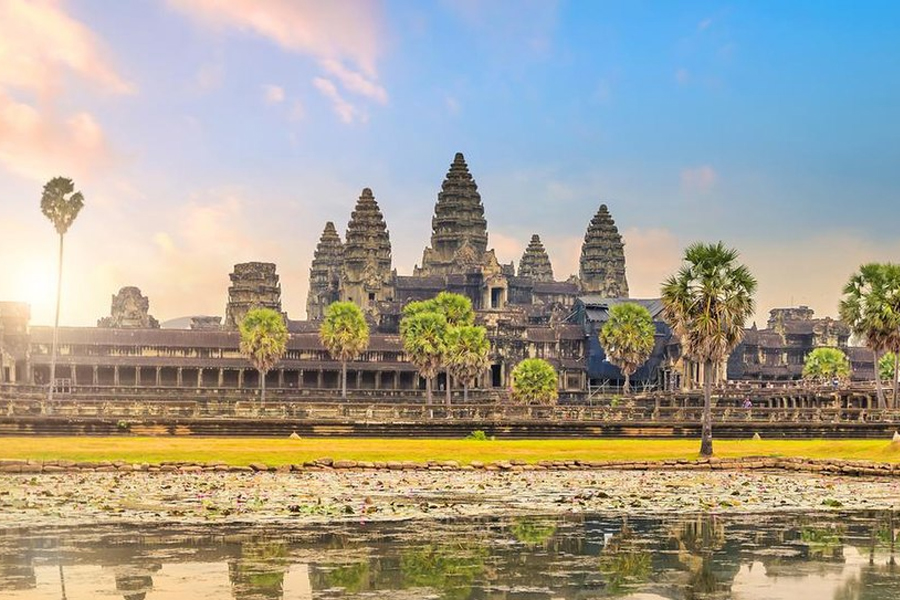
Visit Angkor Wat (Cre: Vntravel)
In conclusion, a visit to Angkor Wat provides insight into the grandeur of Khmer architecture as well as ancient Cambodia's rich history. Contact Asia King Travel for an unforgettable vacation through Angkor and beyond.
See more: Cambodia Tours 5 days